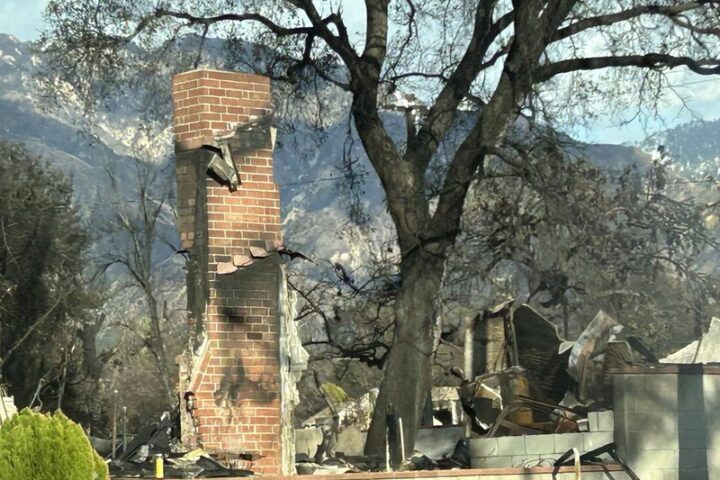The Houston-based geothermal technology firm Sage Geosystems will evaluate geothermal power generation at Naval Air Station (NAS) Corpus Christi, adding to its growing roster of military installation projects. Through partnerships with the Defense Innovation Unit and Environmental Security Technology Certification Program, the company aims to reduce the Texas base’s utility grid dependence while supporting the Navy’s 2045 net-zero emissions target.
“We’re pleased to expand our partnership with the DoD at NAS Corpus Christi to demonstrate the advantages of geothermal technology for military energy independence,” said Cindy Taff, CEO of Sage Geosystems.
The project centers on Sage’s proprietary Geopressured Geothermal Systems (GGS) technology, which taps into hot dry rock formations – a more abundant resource than conventional hydrothermal reservoirs. The system could form the backbone of a base microgrid, providing reliable power during grid outages or emergencies.
The NAS Corpus Christi initiative joins Sage’s ongoing work at Fort Bliss and completed analysis at Ellington Field Joint Reserve Base. These Department of Defense collaborations run parallel to Sage’s commercial projects, including a 3-megawatt EarthStore™ geothermal energy storage facility under construction in Christine, Texas, set for completion in December 2024.
The company recently secured a partnership with Meta Platforms to deliver up to 150 megawatts of geothermal power generation at a future site east of the Rocky Mountains. This expansion into both military and commercial sectors demonstrates the increasing viability of geothermal technology for large-scale energy users.
Similar Posts
Technical Considerations and Environmental Impact
The GGS technology differs from traditional geothermal systems by accessing deeper, hotter rock formations. This approach expands potential deployment locations beyond conventional geothermal areas, making military bases like NAS Corpus Christi viable candidates for clean energy conversion.
The Corpus Christi project will assess various hybrid energy solutions, including energy storage integration and thermal applications. These components aim to create a reliable, round-the-clock power supply while reducing the base’s carbon emissions.
NAS Corpus Christi’s Role
Since its 1941 commissioning, NAS Corpus Christi has served as a primary Navy flight training center. The base’s adoption of geothermal technology aligns with both its operational requirements and environmental goals, potentially setting a precedent for other military installations considering clean energy transitions.
The Next Phase
The project’s initial phase focuses on site assessment and technology integration planning. Success at NAS Corpus Christi could accelerate geothermal adoption across other military bases, supporting the broader Department of Defense clean energy initiative while enhancing energy security.

















